ROG Astral vs Strix vs TUF vs Prime: which ASUS graphics card is right for you?

When you go to buy a new graphics card, you might have an idea of which GPU you want—like the GeForce RTX 5080 or the Radeon RX 9070 XT—but choosing a specific model of RTX 5080 can be a tough decision. Do you want a simple 2.5-slot solution that offers bang for your buck, or a decked-out quad fan system with all the bells and whistles? Are you looking for something with an unobtrusive and straightforward design, or do you want a showpiece that will draw every eye to your build? ASUS and ROG offer a number of variants to provide options that fit your build (and budget) best. Let's break them down.
ROG Astral takes performance to the stars with a brand-new cooling system
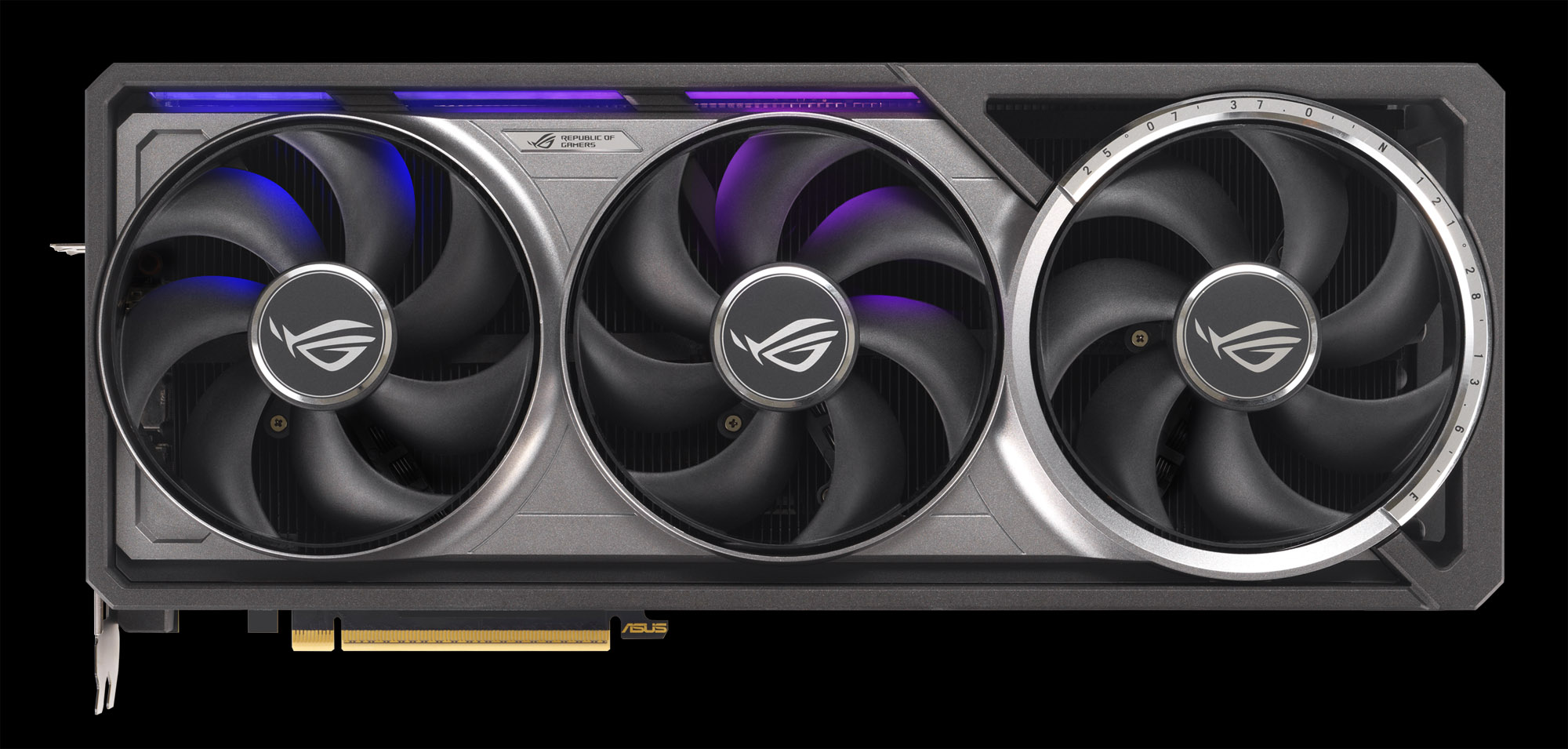
At the top of our lineup is the new ROG Astral series of graphics cards. With premium power delivery and our highest factory overclocks, these cards give you the best-in-class performance ASUS has to offer on the ROG Astral GeForce RTX 5090 and ROG Astral GeForce RTX 5080. Their large heatsinks, quad fan solution, vapor chamber, and phase-change GPU thermal pad provide impeccable cooling with low noise levels, giving you more headroom for your own manual overclocks. In fact, with their 0dB Ambient Cooling mode, the fans will turn off entirely under light loads so you can relax in peace. (Note that some cards may not go into full 0dB mode if you're using multiple high-resolution or high-refresh rate monitors due to higher idle power consumption.) In addition, our ASUS GPU Guard uses adhesive in all four corners of the large GPU die to reduce the risk of cracks.
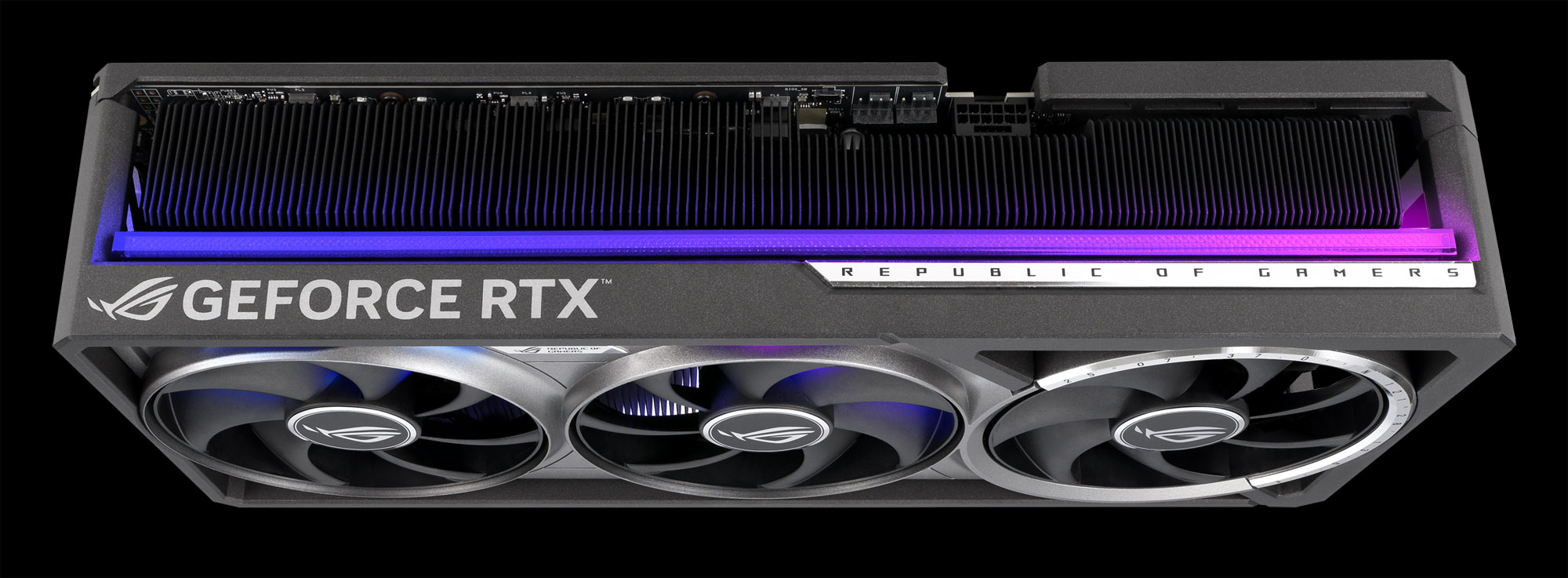
While ROG Astral cards are undeniably quieter than most of their competitors, we also offer a liquid cooled model as well: the ROG Astral LC GeForce RTX 5090. With a 360mm radiator and high static pressure fans, this liquid cooled card offers the ultimate in performance and quiet operation. It also features a fourth fan on the card itself to keep power delivery components cool, as well as our daisy-chainable radiator fans for an ultra-clean look.
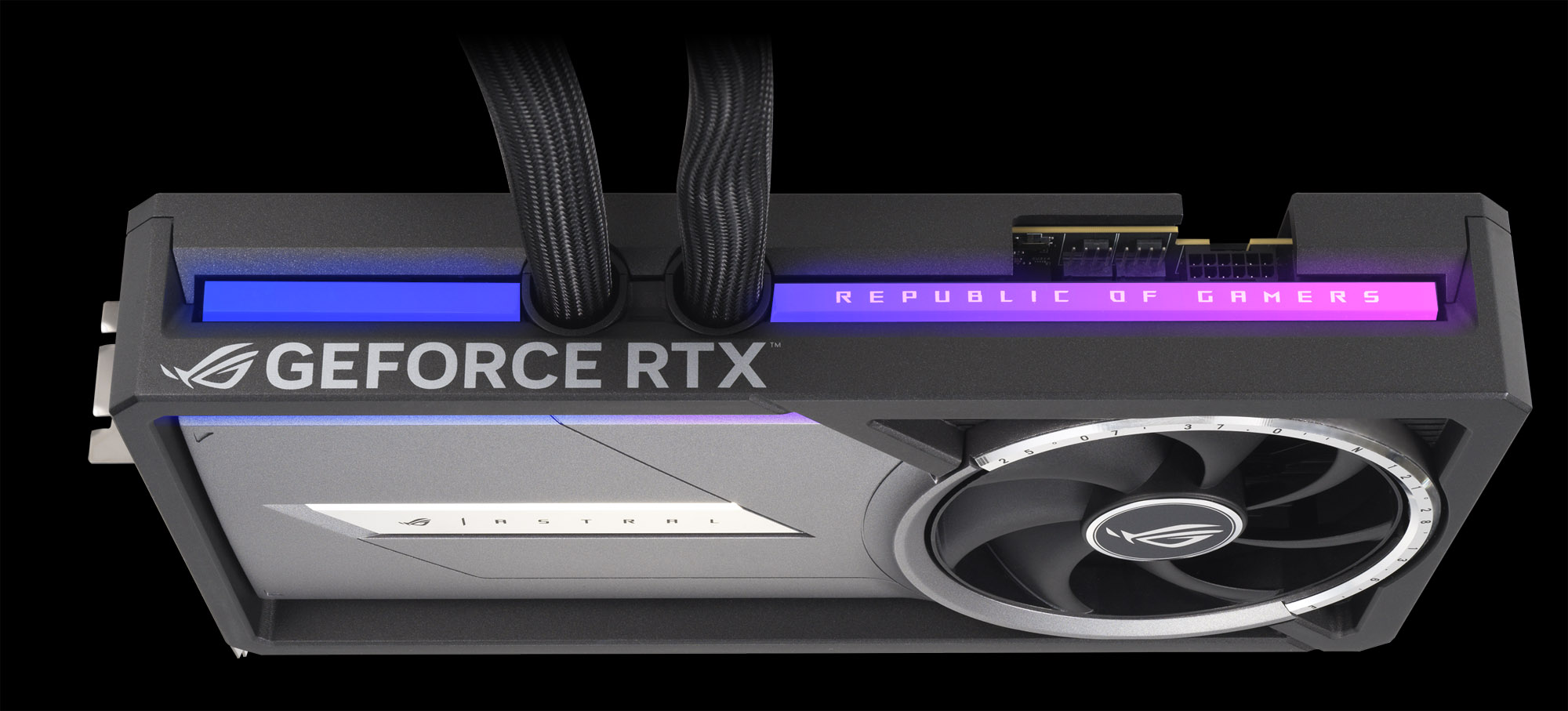
All of our cards, including ROG Astral, also offer a Dual BIOS switch with two modes: "P" and "Q". P mode gives you the highest clocks for eye-watering performance, while Q mode backs the clocks down just a tad and utilizes a more conservative fan curve for quieter operation. No matter which you choose, you'll get some of the best performance on offer — but you decide whether to push it that extra mile or optimize noise levels. And with our FanConnect II fan headers, you can connect case fans to your GPU instead of your motherboard. Using our GPU Tweak software, this allows you to automatically adjust certain case fans based on GPU temperatures rather than CPU. The Astral series also has onboard hardware to support a few exclusive GPU Tweak features, like a thermal map of the entire PCB and our Power Detector+ feature that notifies you if any of your power pins aren’t making full proper contact.
Finally, the ROG Astral series offers an eye-catching design with a metal die-cast frame and metal GPU bracket, for a card that stands out whether mounted vertically or horizontally. A tasteful strip of RGB offers customization with Aura Sync compatibility, so you can configure the lighting with the rest of your system for a unified look.
In other words: ROG Astral makes no compromises, with intense performance, beautiful styling, stellar build quality, and all our best features.
ROG Strix brings fierce styling and premium features
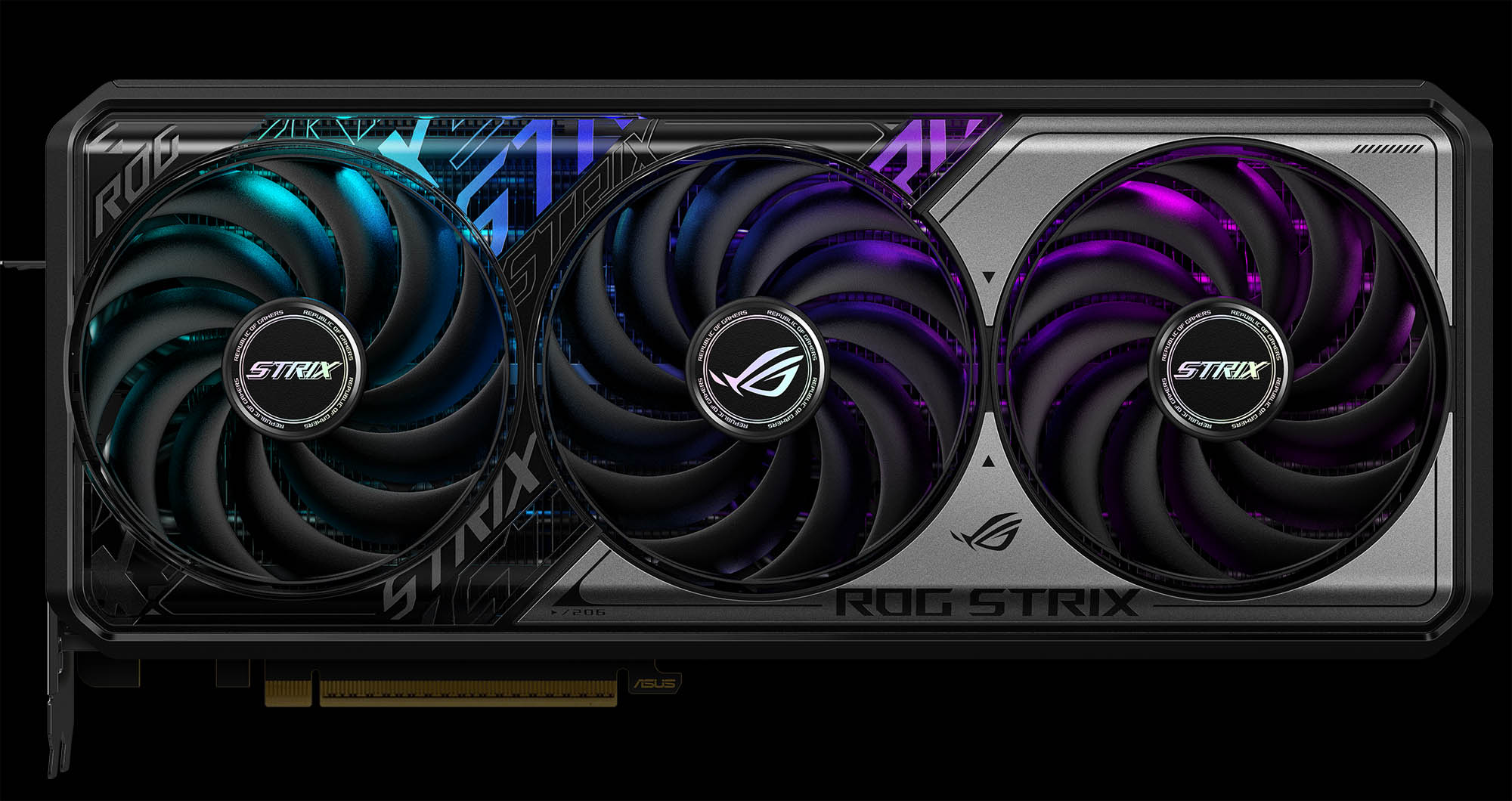
For standout style and premium features, look no further than ROG Strix. Like ROG Astral, these cards often come with higher factory overclocks than their non-ROG siblings. At the time of the RTX 50 Series launch, the ROG Astral series encompasses the top two GPUs, while ROG Strix offers the ROG Strix GeForce RTX 5070 and ROG Strix GeForce RTX 5070 Ti.
ROG Strix shares some features with ROG Astral, including large heatsinks, a phase-change GPU thermal pad, a Dual BIOS switch, and high-end power delivery. The ROG Strix GeForce RTX 5070 Ti also makes use of a vapor chamber for superior cooling. These cards feature the same 0dB Ambient Cooling mode, as well as our FanConnect II headers for your case fans.
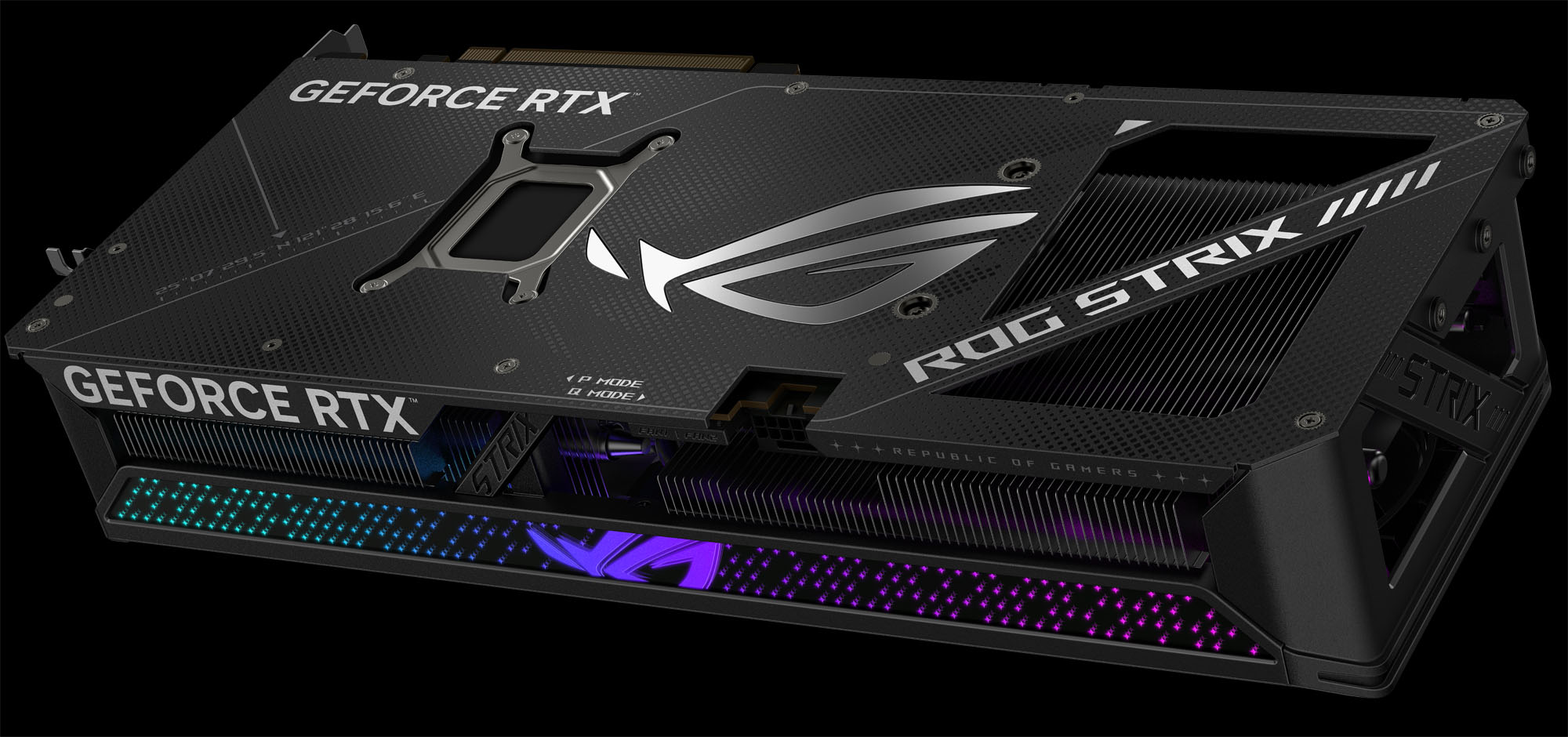
ROG Strix offers a more in-your-face design with sharp angles, cybertext across the shroud, and prominent RGB lighting. If you’re looking to really light up your build, ROG Strix is a great choice, with Aura Sync compatibility for a unified look across your system. Whether you mount it vertically or horizontally, an ROG Strix card is sure to be the focal point of any build.
ASUS TUF Gaming blends excellent performance with incredible value
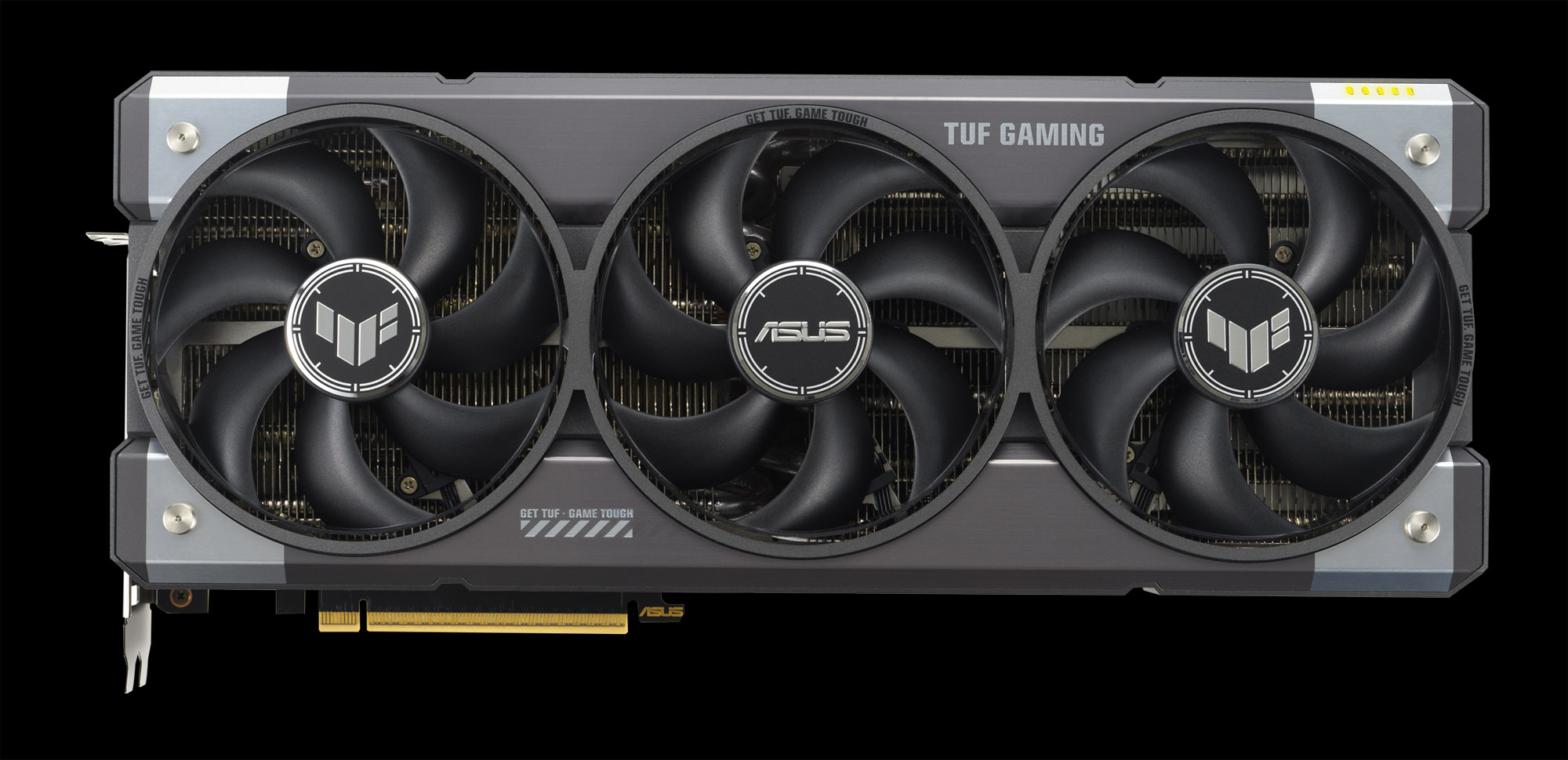
While Astral and Strix encompass the ROG lineup of graphics cards, ASUS also has a few other models on offer. The TUF Gaming line offers plenty of options throughout the lineup, including the TUF Gaming GeForce RTX 5090, TUF Gaming GeForce RTX 5080, TUF Gaming GeForce RTX 5070 Ti, and TUF Gaming GeForce RTX 5070.
TUF Gaming cards offer similarly large heatsinks alongside a triple-fan design, phase change thermal compound, protective PCB coating, and a vapor chamber on its top model, just like ROG Strix cards. However, while they still offer factory overclocks and Aura Sync-compatible RGB, both are toned down to appeal to more value-oriented gamers. You also get the benefits of a Dual BIOS switch as well as 0dB Ambient Cooling. You don’t get the FanConnect II headers, or some of the extra software features that ROG Astral boasts, but for most users, TUF Gaming still offers excellent value for money.
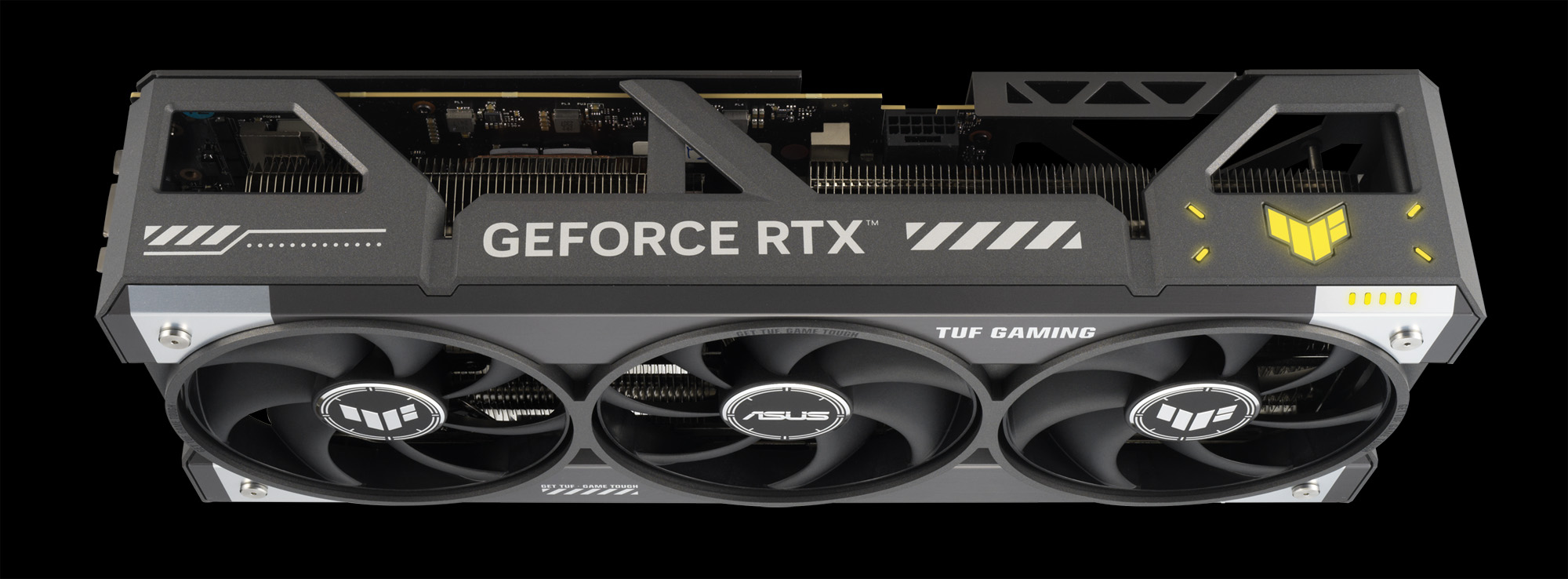
While the TUF cards are a bit toned down compared to their bleeding-edge brethren, they're still built with quality components selected for performance and durability. We use high-grade chokes and MOSFETs as well as capacitors that meet military-grade certification, all soldered to the PCB with our Auto-Extreme manufacturing. This automates as much of the process as possible to avoid human error on solder joints. After being built, a grueling 144-hour validation trial ensures these cards are ready to stand the test of time.
The aesthetic is designed to match this manufacturing philosophy, too. The tough shroud and backplate showcase the long-lasting durability that gives TUF its name. If you’re looking for a card with a slightly more neutral style while keeping some of the best features, TUF Gaming will give you what you’re looking for.
ASUS Prime provides all the essentials in an accessible package
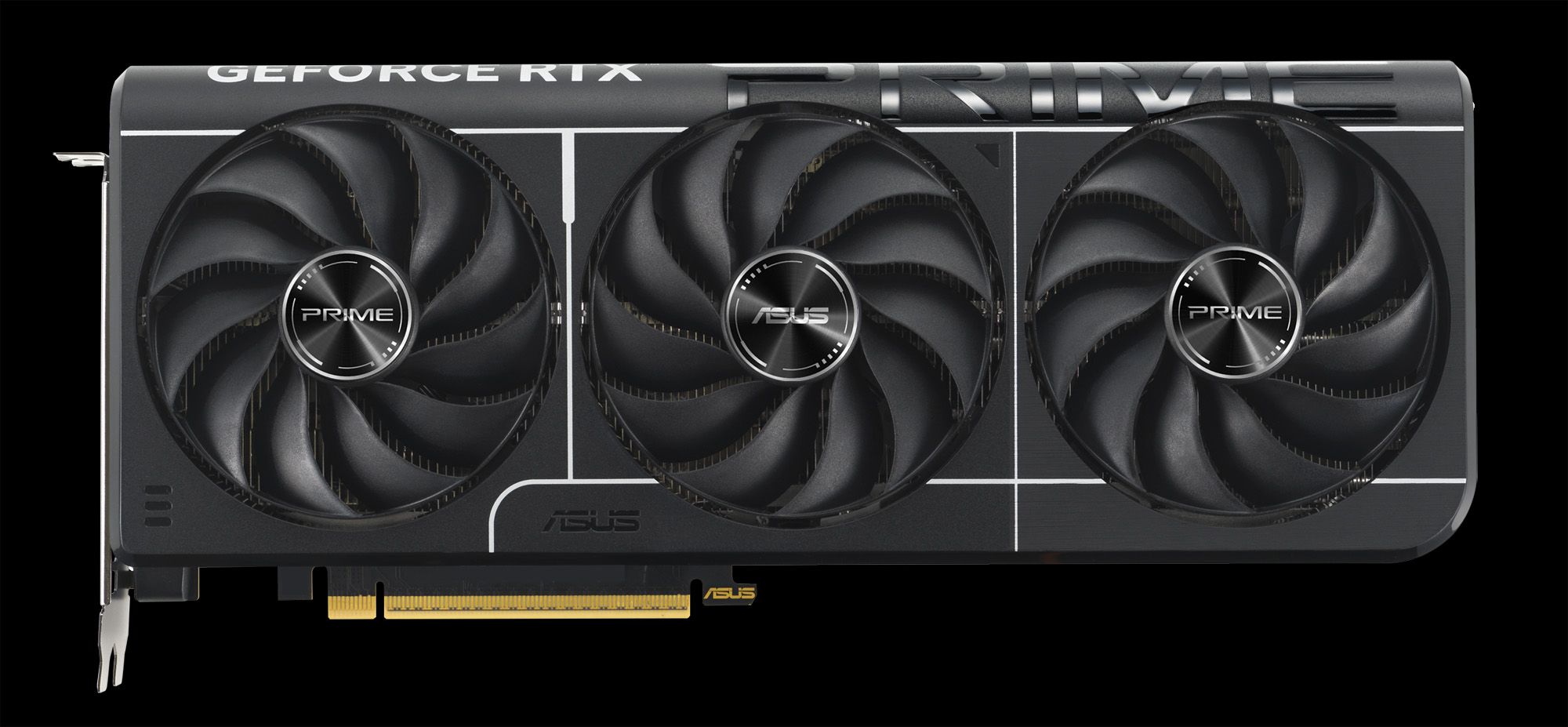
If you need a more affordable card that eschews the extras and focuses on the must-have features, our ASUS Prime lineup is a great option. The Prime GeForce RTX 5080, Prime GeForce RTX 5070 Ti, and Prime GeForce RTX 5070 keep the triple-fan design for effective cooling, but fit it into a 2.5-slot body for wider case compatibility (SFF builders, eat your heart out). They still feature a phase change thermal pad as well as 0dB ambient mode for quiet operation at low loads, and the ASUS Prime GeForce RTX 5080 even features a vapor chamber to boost those thermals further.
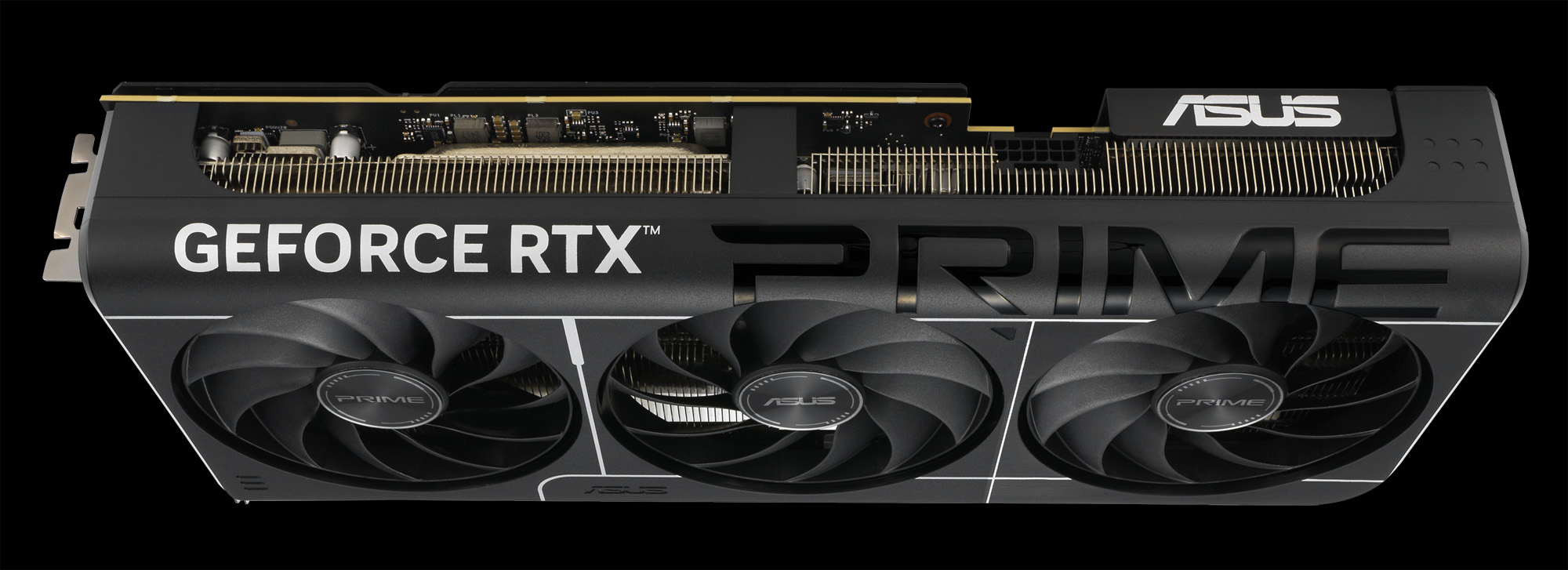
Make no mistake, though: these cards are still built for longevity, with protective backplates, stainless steel brackets, and the same Auto-Extreme Technology manufacturing process as our TUF cards. After the cards are built, they're run through a 144-hour validation process to ensure they'll live a good long life in your PC. They aren't RGB centerpieces like ROG Strix cards, but they offer excellent value for your money when you want a workhorse card without the extras.
Pick your power level
There are, of course, exceptions to the above descriptions, and there are some cards that don't fit into one of these categories. Some prebuilt machines come with our ASUS Dual cards, which use two fans and a compact design. Sometimes, we make cards outside the usual product lines, like the ASUS GeForce RTX 4080 Noctua Edition, or the ROG Matrix GeForce RTX 4090. The ROG Matrix line in particular offers limited-run cards with ultra-innovative designs and features. But the above guidelines should still help you narrow down your choice in most cases.
Don't forget to pair your graphics card with the right power supply, either. You can see our recommended power supplies in this guide, and ROG offers plenty of PSUs with clean, reliable power for hiccup-free gaming. Consider the ROG Thor 1000W Platinum III for high-end builds that deserve the best, or the ROG Strix 850W Platinum for machines with midrange cards — both of which contain our patented GPU-First Intelligent Voltage Stabilizer that delivers more reliable power to your graphics card. With a bit of planning, you should have an easier time deciding which ASUS or ROG hardware is right for your build, budget, and bombastic style.
Autor
Popular Post
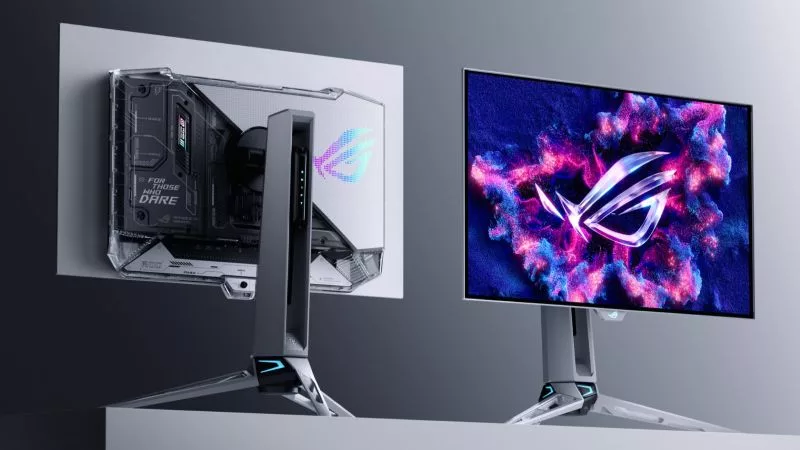
Prepare for Tandem OLED splendor with these new ROG gaming monitors
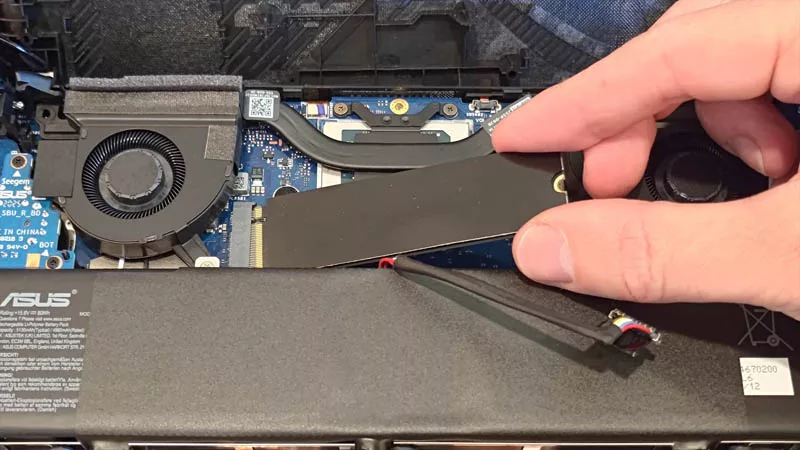
How to upgrade the SSD and reinstall Windows on your ROG Ally, ROG Xbox Ally, or ROG Xbox Ally X
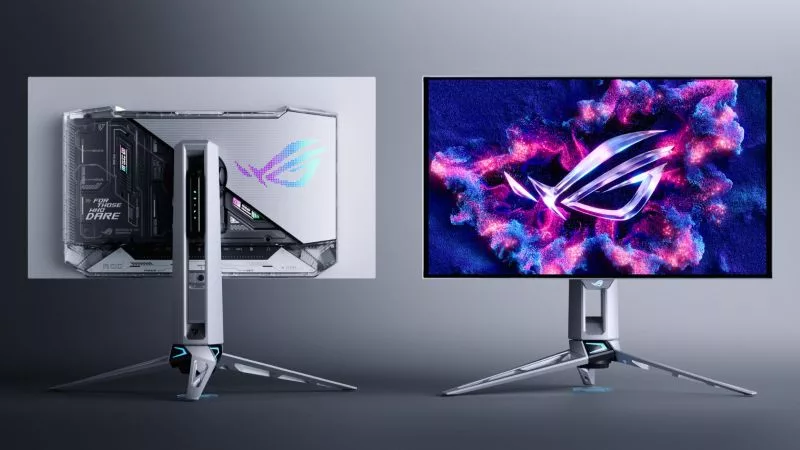
Yes, OLED gaming monitors can work great in sunny rooms. Here’s what to look for
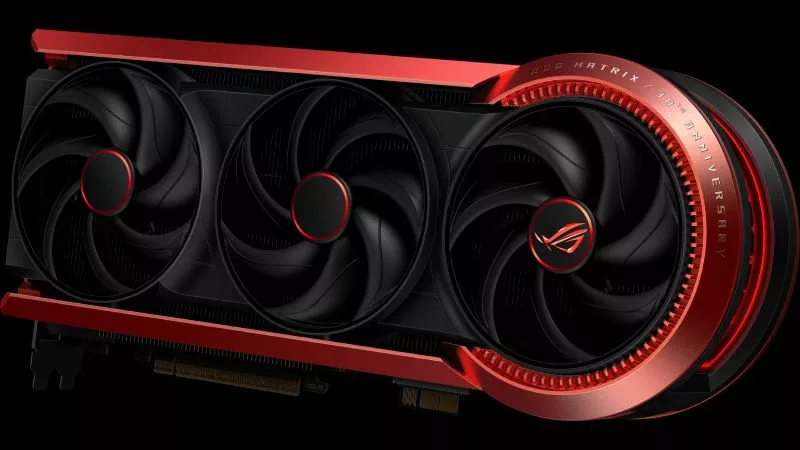
The ROG Matrix GeForce RTX 5090 celebrates 30 years of gaming innovation

Where to catch ROG at Gamescom 2025
Neueste Artikel

The ROG Matrix GeForce RTX 5090 celebrates 30 years of gaming innovation
One graphics card, 30 years of legacy. Here's how the new ROG Matrix learns from the past while forging its own path into the future.
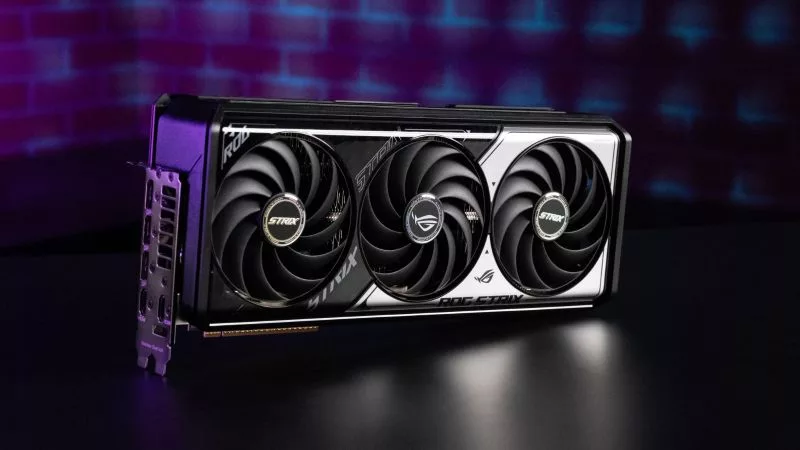
The ROG Strix GeForce RTX 5070 Ti brings next-gen style and power to PC gamers everywhere
Our ROG Strix GeForce RTX 5070 Ti packs incredible performance inside a gorgeous exterior that tells the world you play hard.

Rizz up your rig with the golden ROG Astral GeForce RTX 5080 Dhahab CORE OC Edition
ROG Astral graphics cards are built to take style and performance to new frontiers. The ROG Astral GeForce RTX 5080 Dhahab CORE OC Edition is no exception.
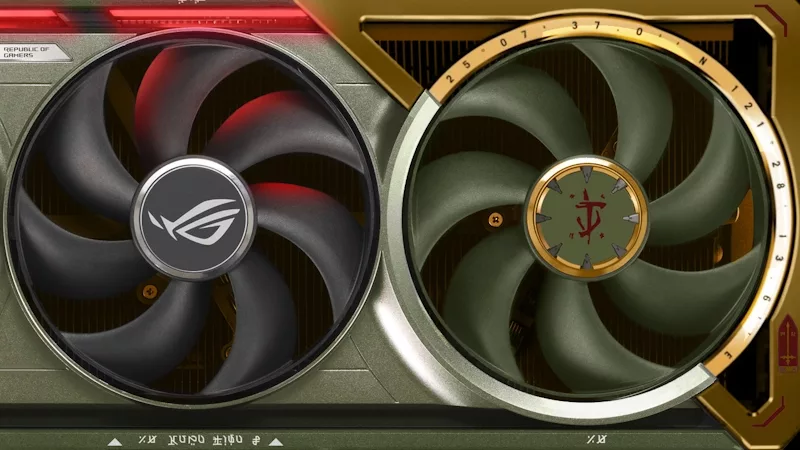
ROG and DOOM: The Dark Ages collide in the ROG Astral GeForce RTX 5080 OC DOOM Edition graphics card
Bold gaming performance meets the iconic style of the DOOM Slayer in the form of one unconquerable graphics card.

ROG Astral vs Strix vs TUF vs Prime: which ASUS graphics card is right for you?
When you go to buy a new graphics card, you might have an idea of which GPU you want, but picking a model is tougher. ASUS and ROG offer a number of variants to provide options that fit your build (and budget) best.

Introducing the ROG Astral GeForce RTX 5090 and 5080: a new frontier of gaming graphics
The NVIDIA GeForce RTX 50 series of GPUs has landed, and to usher in this new generation of graphics performance, we’re launching a new line of graphics cards.